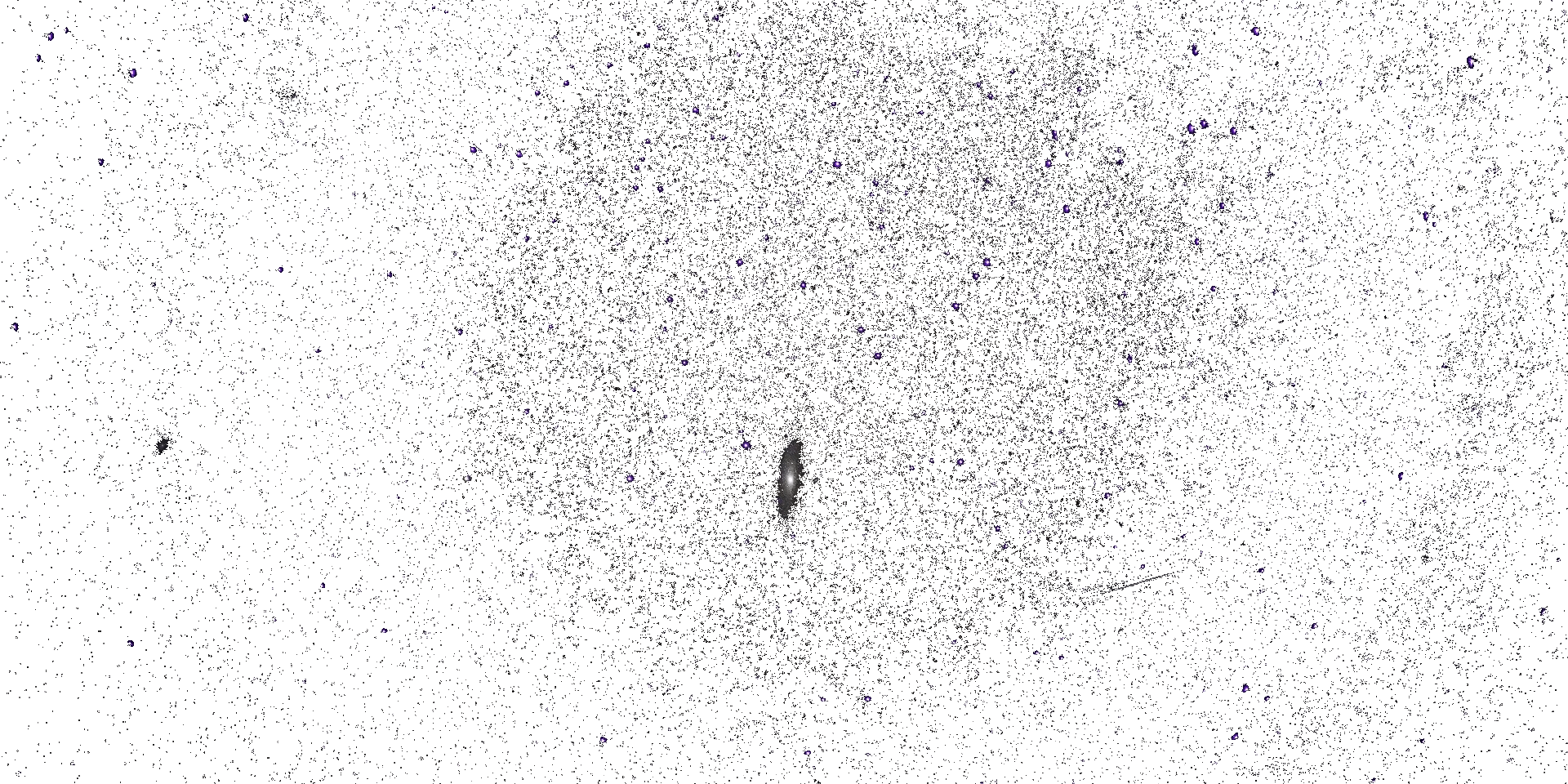




Space Climate 8 Meeting Abstract
The propagation of high-speed solar wind streams in the inner heliosphere
Stefan Hofmeister (Leibniz Institute for Astrophysics Potsdam)
Eleanna Asvestari, Department of Physics, University of Helsinki, Finland
Jingnan Guo, CAS Key Laboratory of Geospace Environment, University of Science and Technology of China, Hefei, PR China
Verena Heidrich-Meisner, Institute of Experimental and Applied Physics, University of Kiel, Germany
Stephan G. Heinemann, Max Planck Institute for Solar System Research, Göttingen, Germany
Jasmina Magdalenic, Centre for mathematical Plasma Astrophysics (CmPA), Department of Mathematics, KU Leuven, Belgium
Stefaan Poedts, Centre for mathematical Plasma Astrophysics (CmPA), Department of Mathematics, KU Leuven, Belgium
Evangelia Samara, Centre for mathematical Plasma Astrophysics (CmPA), Department of Mathematics, KU Leuven, Belgium
Manuela Temmer, Institute of Physics, University of Graz, Graz, Austria
Susanne Vennerstrom, National Space Institute, Technical University of Denmark, Copenhagen, Denmark
Astrid Veronig, Institute of Physics, University of Graz, Graz, Austria
Bojan Vršnak, Hvar Observatory, Faculty of Geodesy, University of Zagreb, Croatia,
Robert Wimmer-Schweingruber, Institute of Experimental and Applied Physics, University of Kiel, Germany
Mode of presentation: poster (Need to be confirmed by the SOC)
